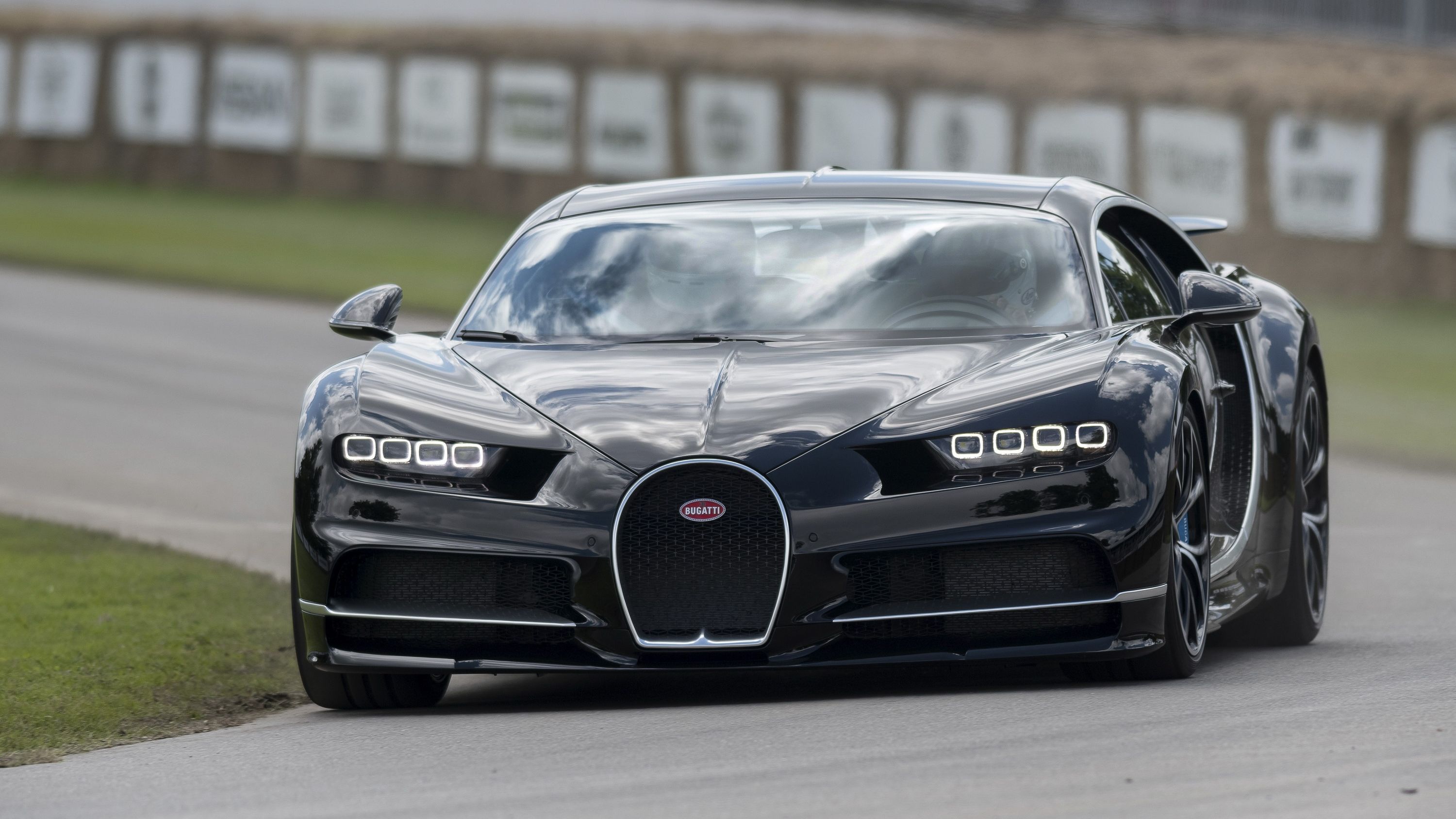In just about every way possible, the Bugatti Chiron is an exercise in excess. Of course, it has to be, right? As the follow-up to the world-beating Bugatti Veyron, the Chiron must push the envelope even further than before, probing the outer limits of what’s possible in a road-legal four-wheeled machine. One quick glance at the specs confirms Bugatti’s success in this endeavor. Making it go is an 8.0-liter W-16 engine stuffed by no less than four turbochargers. All those boost-makers feed the engine with over 60,000 liters of air per minute, while 32 fuel injectors drench it in dino juice and no less than 10 radiators dissipate the heat.
All told, the Chiron manages nearly 1,500 horsepower and 1,180 pound-feet of torque, enough to propel it to 60 mph in 2.3 seconds and reach a top speed of 261 mph. All impressive stuff, no doubt, but what do those numbers look like in terms of efficiency? Welp, the EPA just released miles-per-gallon estimates for the Chiron, and as you might expect, they’re downright laughable. Try 11 mpg combined, with 14 mpg on the highway and just 9 mpg in the city. Of course, 11 mpg is a slight improvement compared to the preceding Veyron, which got just 10 mpg combined with 8 mpg in the city and a slightly better 15 mpg on the highway.
Continue reading for the full story.
The Full Story
While barely making double digits on the combined MPG rating is rather hilarious, the excess of the Chiron isn’t all that crazy compared to other heavy hitters in the segment. For example, the Aston Martin V12 Vantage S, Ferrari F12 tdf, and Lamborghini Aventador Coupe LP740 all manage 12 mpg combined.
That said, if you’re interested in picking up a $3 million supercar, you’re probably not that worried about saving at the pump. In fact, the Chiron’s gluttony could be seen as a mark of desirable opulence in the age of the Prius, like using $20 bills as toilet paper.
References
Read our full written review of the Bugatti Chiron.

